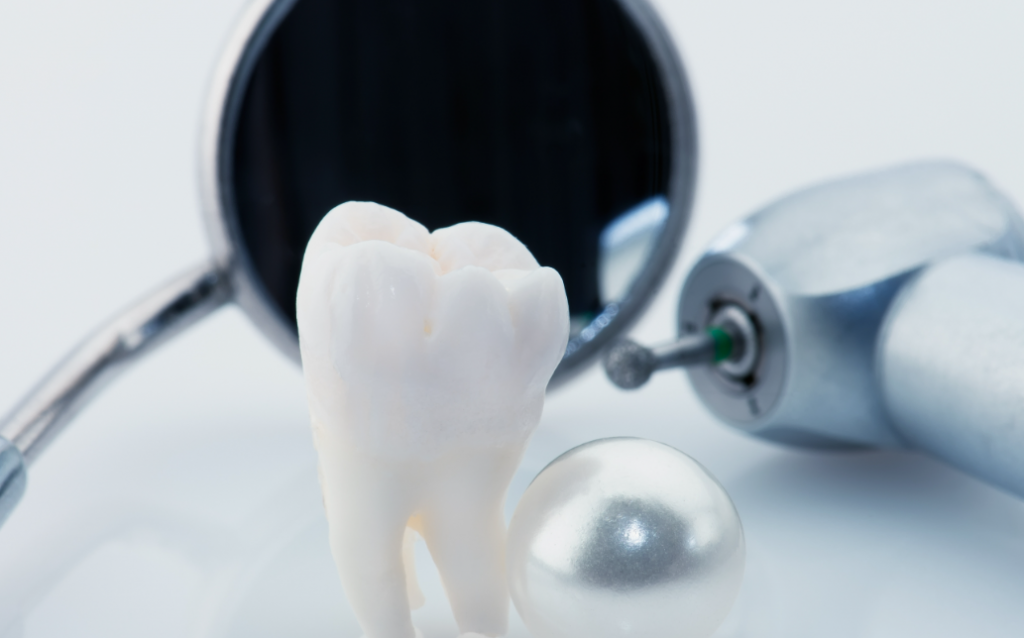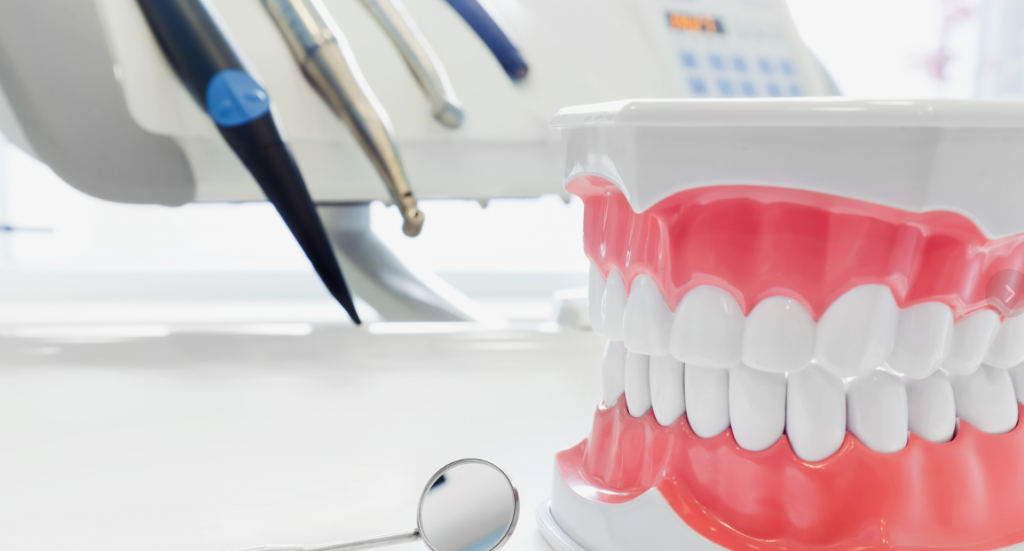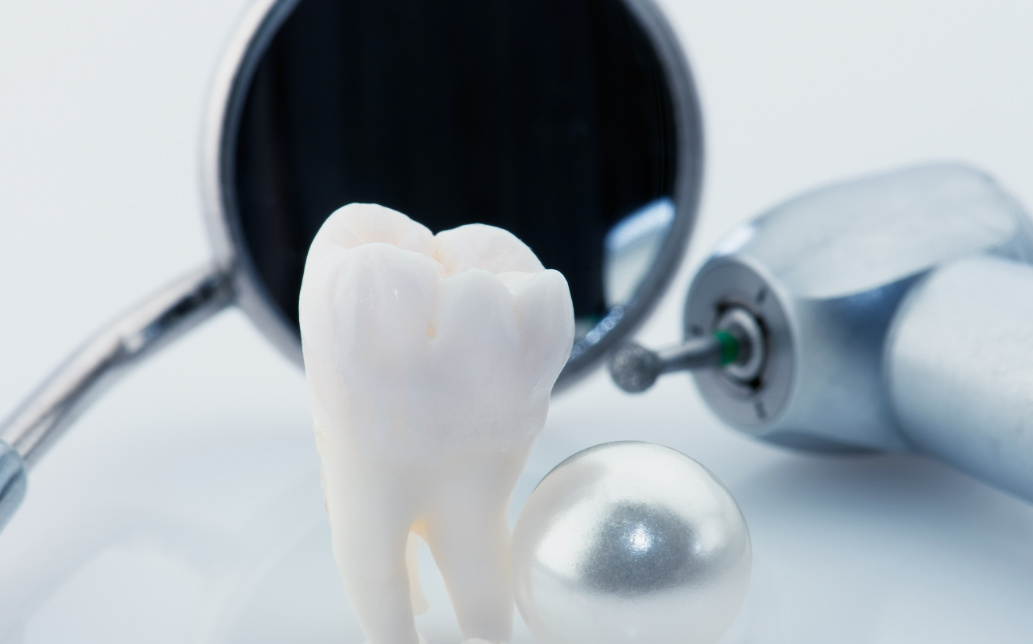This article provides a comprehensive guide to understanding zirconia crowns, including their benefits, types, and the process of getting them. Whether you are a dental professional or a patient, this guide will help you make informed decisions about zirconia crowns.
The rising popularity of zirconia crowns in restorative dentistry stems from their outstanding attributes, including remarkable strength, lifelike aesthetics, and biocompatibility. This guide aims to uncover the advantages of zirconia crowns, detailing their unparalleled durability and resistance to fractures, surpassing other materials used for crowns. Furthermore, we’ll explore how zirconia crowns deliver exceptionally natural-looking outcomes, significantly enhancing the overall appearance of your smile, all while considering aspects related to dental implant cost.
Understanding the different types of zirconia crowns is crucial in making the right choice for your dental needs. This guide will provide insights into monolithic zirconia crowns, known for their strength and minimal wear on opposing teeth. We will also explore layered zirconia crowns, which combine the strength of zirconia with the aesthetics of porcelain, resulting in a beautifully natural-looking smile.
Furthermore, this guide will walk you through the step-by-step process of getting zirconia crowns. From the initial consultation to the final placement, you will gain a better understanding of what to expect during your treatment journey. We will discuss the importance of proper tooth preparation, accurate impressions, and the final placement process, ensuring optimal fit and longevity of your zirconia crowns.
Whether you are a dental professional seeking to expand your knowledge or a patient considering zirconia crowns, this guide is your key to unlocking the secrets of zirconia crowns and making informed decisions for your dental health.
| Benefits of Zirconia Crowns | Types of Zirconia Crowns | The Process of Getting Zirconia Crowns |
|---|---|---|
| – Exceptional strength | – Monolithic zirconia crowns | – Initial consultation |
| – Natural aesthetics | – Layered zirconia crowns | – Tooth preparation |
| – Biocompatibility | – High-translucent zirconia crowns | – Impressions and temporary crowns |
| – Final placement and aftercare |
- Benefits of zirconia crowns include exceptional strength, natural aesthetics, and biocompatibility.
- There are different types of zirconia crowns, such as monolithic, layered, and high-translucent zirconia crowns.
- The process of getting zirconia crowns involves an initial consultation, tooth preparation, impressions, temporary crowns, and final placement with proper aftercare.
Unlock the secrets of zirconia crowns and discover the transformative benefits they can bring to your smile. Whether you are a dental professional or a patient, this comprehensive guide will equip you with the knowledge needed to make informed decisions and achieve optimal dental health.
Benefits of Zirconia Crowns

Zirconia crowns provide a multitude of benefits that make them a preferred choice in restorative dentistry. One of the key advantages of zirconia crowns is their exceptional strength. They are known for their durability and resistance to fractures, making them a long-lasting solution for dental restorations.
In addition to their strength, zirconia crowns also offer natural aesthetics. The material closely resembles the appearance of natural teeth, providing a seamless blend with the surrounding dentition. This aesthetic appeal is crucial for patients who want their dental restorations to look as natural as possible.
Furthermore, zirconia crowns are highly biocompatible. This means that they are compatible with the oral environment and do not cause any adverse reactions or allergies. Biocompatibility is essential for ensuring the long-term success and comfort of dental restorations.
Overall, the benefits of zirconia crowns, including their exceptional strength, natural aesthetics, and biocompatibility, make them a popular choice in restorative dentistry. Whether you are a dental professional or a patient, opting for zirconia crowns can provide you with a durable and aesthetically pleasing solution for your dental needs.
Types of Zirconia Crowns
When it comes to zirconia crowns, there is a wide range of options available, each with its own unique characteristics. Understanding the different types can help both dental professionals and patients make informed decisions about which type of crown is best suited for their specific needs. In this section, we will explore the three main types of zirconia crowns: monolithic, layered, and high-translucent.
Monolithic Zirconia Crowns: Monolithic zirconia crowns are known for their exceptional strength and durability. They are made from a single block of zirconia, which gives them their superior resistance to fractures. These crowns are highly suitable for cases where strength is a priority, such as for patients who grind their teeth or have a history of dental trauma. However, it is important to note that monolithic zirconia crowns may have limited translucency, which can affect their aesthetic appeal.
Layered Zirconia Crowns: Layered zirconia crowns combine the strength of zirconia with the natural aesthetics of porcelain. These crowns are created by layering porcelain over a zirconia core, resulting in a restoration that closely mimics the appearance of natural teeth. Layered zirconia crowns are an excellent choice for patients who prioritize both strength and aesthetics. They offer a balance between durability and a lifelike appearance, making them suitable for a wide range of clinical situations.
High-Translucent Zirconia Crowns: High-translucent zirconia crowns are designed to provide optimal aesthetics without compromising on strength. These crowns are made from a specially formulated zirconia material that allows more light to pass through, giving them a natural and lifelike appearance. High-translucent zirconia crowns are ideal for cases where achieving a highly aesthetic result is of utmost importance, such as for front teeth restorations. However, it is important to consider the specific clinical situation and the patient’s preferences when choosing this type of crown.
By understanding the characteristics and suitability of each type of zirconia crown, dental professionals and patients can make informed decisions that will result in the best possible outcome for their dental restorations.
Monolithic Zirconia Crowns
Monolithic zirconia crowns are a popular choice in restorative dentistry due to their exceptional strength and durability. These crowns are known for their ability to withstand the forces of biting and chewing, making them highly resistant to fractures and breakages.
The composition of monolithic zirconia crowns involves a single solid block of zirconia material, which is milled using computer-aided design and computer-aided manufacturing (CAD/CAM) technology. This process ensures precise fit and accuracy, resulting in a restoration that seamlessly blends with the natural teeth.
In terms of clinical applications, monolithic zirconia crowns are suitable for both anterior and posterior teeth. They are particularly beneficial for patients with bruxism or those who require a strong and durable restoration. Additionally, monolithic zirconia crowns offer excellent biocompatibility, minimizing the risk of allergic reactions or adverse tissue responses.
However, it is important to note that monolithic zirconia crowns may have limitations in terms of aesthetics. Due to their high opacity, achieving optimal translucency and natural-looking results can be challenging. This is why careful shade selection and customization are crucial to ensure a satisfactory outcome.
In summary, monolithic zirconia crowns are an excellent choice for patients seeking durable and long-lasting restorations. While they may have limitations in terms of aesthetics, their superior strength and biocompatibility make them a reliable option in restorative dentistry.
Advantages of Monolithic Zirconia Crowns
Monolithic zirconia crowns have gained popularity in restorative dentistry due to their exceptional benefits. These crowns offer excellent fracture resistance, making them highly durable and long-lasting. They can withstand the forces of biting and chewing, providing patients with a reliable solution for their dental needs.
Another advantage of monolithic zirconia crowns is their minimal wear on opposing teeth. Unlike some other dental materials, monolithic zirconia crowns are gentle on the natural teeth they come into contact with. This reduces the risk of damage to adjacent teeth, ensuring the overall oral health is maintained.
Furthermore, monolithic zirconia crowns are known for their high level of biocompatibility. This means that they are well-tolerated by the body and do not cause any adverse reactions. Patients can have peace of mind knowing that their restorations are not only aesthetically pleasing but also safe for their overall health.
In summary, the advantages of monolithic zirconia crowns, including their excellent fracture resistance, minimal wear on opposing teeth, and high level of biocompatibility, make them a compelling choice for certain dental cases. These crowns offer both durability and aesthetics, providing patients with a reliable and natural-looking solution for their dental needs.
Limitations of Monolithic Zirconia Crowns

While monolithic zirconia crowns offer numerous benefits, it’s essential to consider their limitations before making a decision. One limitation is the limited translucency of monolithic zirconia, which can result in a less natural appearance compared to layered zirconia crowns. This reduced translucency can be a concern, especially for front teeth restorations where aesthetics are crucial.
Another challenge with monolithic zirconia crowns is achieving optimal aesthetics. Due to their inherent strength, monolithic zirconia crowns may lack the ability to mimic the subtle color variations and translucency found in natural teeth. This can make it more challenging to achieve a seamless blend with adjacent teeth, especially in cases where precise color matching is required.
However, it’s important to note that these limitations can be managed effectively by skilled dental professionals. Through careful shade selection, proper characterization, and meticulous attention to detail, the aesthetic limitations of monolithic zirconia crowns can be minimized. Ultimately, the decision between monolithic and layered zirconia crowns should be based on the individual patient’s needs and expectations.
Layered Zirconia Crowns
Layered zirconia crowns offer a perfect balance between strength and aesthetics, combining the durability of zirconia with the natural-looking appearance of porcelain. This innovative technique involves layering porcelain on top of a zirconia framework, creating a beautiful and lifelike restoration.
The materials used in layered zirconia crowns are carefully selected to ensure optimal results. The zirconia framework provides exceptional strength and durability, while the porcelain layer adds a translucent and lifelike quality to the crown. This combination allows the restoration to blend seamlessly with the surrounding teeth, creating a smile that looks both natural and stunning.
The advantages of layered zirconia crowns are numerous. Firstly, they offer excellent strength and durability, making them a reliable choice for long-term use. Additionally, the layered technique allows for customization, enabling the dentist to match the color, shape, and texture of the crown to the patient’s natural teeth. This attention to detail results in a restoration that is virtually indistinguishable from the real teeth.
Furthermore, layered zirconia crowns are highly biocompatible, meaning they are well-tolerated by the surrounding tissues and gums. This makes them a safe and reliable option for patients with sensitivities or allergies.
In summary, layered zirconia crowns combine the best of both worlds, providing strength and aesthetics in a single restoration. Whether you are looking to restore a damaged tooth or enhance your smile, layered zirconia crowns offer a natural-looking and long-lasting solution.
The Process of Getting Zirconia Crowns
The process of getting zirconia crowns involves several important steps that ensure a successful and satisfactory outcome. It is essential for patients to have a clear understanding of what to expect during the treatment journey. This section outlines the step-by-step process, starting from the initial consultation and ending with the final placement of the crowns.
The first step in the process is the initial consultation with a dental professional. During this consultation, the dentist will evaluate the patient’s oral health and discuss the suitability of zirconia crowns. They will also address any concerns or questions the patient may have.
Once the decision to proceed with zirconia crowns is made, the next step is tooth preparation. This involves the removal of a small amount of enamel from the affected tooth to create space for the crown. The dentist will carefully shape the tooth to ensure a proper fit for the zirconia crown.
After tooth preparation, impressions of the prepared tooth and surrounding teeth are taken. These impressions are used by the dental laboratory to fabricate the zirconia crowns. In the meantime, a temporary crown may be placed to protect the prepared tooth and maintain aesthetics while the permanent crowns are being made.
Once the zirconia crowns are ready, the final placement appointment is scheduled. The dentist will remove the temporary crown and try in the zirconia crowns to ensure a proper fit and aesthetics. If everything looks satisfactory, the crowns will be permanently cemented onto the prepared teeth.
After the placement of the zirconia crowns, the dentist will provide instructions for proper aftercare. This may include recommendations for oral hygiene practices and regular dental check-ups. With proper care and maintenance, zirconia crowns can provide long-lasting and natural-looking results.
In summary, the process of getting zirconia crowns involves an initial consultation, tooth preparation, impression taking, final placement, and post-placement care. By following these steps, patients can achieve a beautiful and functional smile with the help of zirconia crowns.
Tooth Preparation for Zirconia Crowns
Tooth preparation is a critical step in the process of getting zirconia crowns. It plays a crucial role in ensuring a proper fit and optimal aesthetics. This subheading will discuss the necessary steps involved in tooth preparation for zirconia crowns, including reduction guidelines and considerations for different clinical situations.
When preparing a tooth for a zirconia crown, the dentist will carefully evaluate the tooth structure and determine the appropriate amount of reduction needed. This is done to create space for the crown to fit comfortably and to achieve the desired aesthetic outcome. The reduction guidelines may vary depending on factors such as the location of the tooth, the condition of the surrounding teeth, and the patient’s bite.
In general, the dentist will remove a thin layer of enamel from the tooth to accommodate the thickness of the zirconia crown. This reduction is typically minimal, as zirconia crowns are known for their strength and durability. However, in cases where there is extensive tooth damage or significant misalignment, more substantial reduction may be necessary.
It is important for the dentist to consider various clinical situations when preparing a tooth for a zirconia crown. For example, if the adjacent teeth have existing restorations, the dentist may need to adjust the preparation to ensure a harmonious fit with the surrounding dental work. Additionally, if the patient has a deep bite or a history of grinding their teeth, the dentist may need to take extra precautions to prevent excessive wear on the zirconia crown.
In summary, tooth preparation for zirconia crowns is a crucial step in achieving a proper fit and optimal aesthetics. Dentists carefully evaluate the tooth structure and follow reduction guidelines to create space for the crown. Considerations for different clinical situations, such as adjacent restorations and patient bite, are taken into account to ensure the best possible outcome.
Impressions and Temporary Crowns
Accurate impressions are crucial in the fabrication of zirconia crowns. The process of taking impressions involves creating a mold of the prepared tooth to ensure a precise fit for the crown. This step is vital as it determines the final outcome of the restoration.
During the impression procedure, the dentist will use a dental putty or a digital scanner to capture the shape and size of the tooth. This impression is then sent to the dental laboratory, where skilled technicians will use it as a guide to fabricate the zirconia crown.
In some cases, temporary crowns may be necessary while waiting for the final zirconia crown to be fabricated. Temporary crowns serve as a protective covering for the prepared tooth, preventing sensitivity and providing aesthetic appeal during the waiting period. They are usually made from acrylic or composite materials and are designed to mimic the appearance of the final restoration.
Effective communication between the dentist and the dental laboratory is crucial throughout the process. Clear instructions regarding the desired shade, shape, and size of the zirconia crown should be provided to ensure optimal results. Regular updates and collaboration between the dentist and the dental laboratory help achieve a successful outcome and patient satisfaction.


